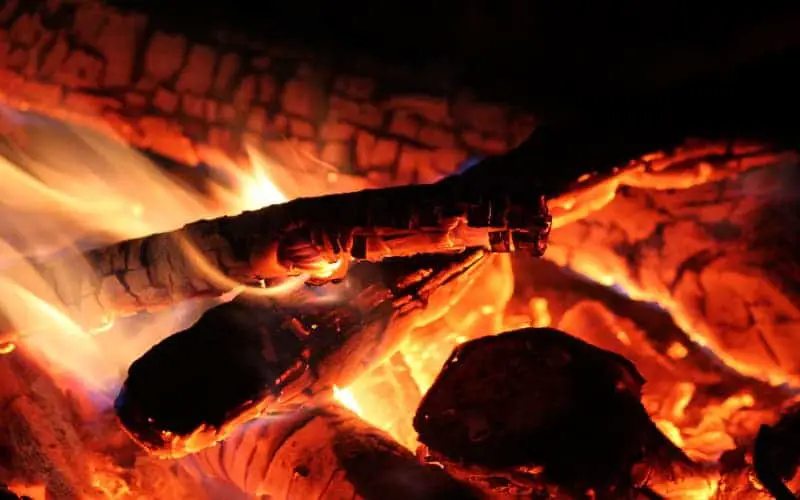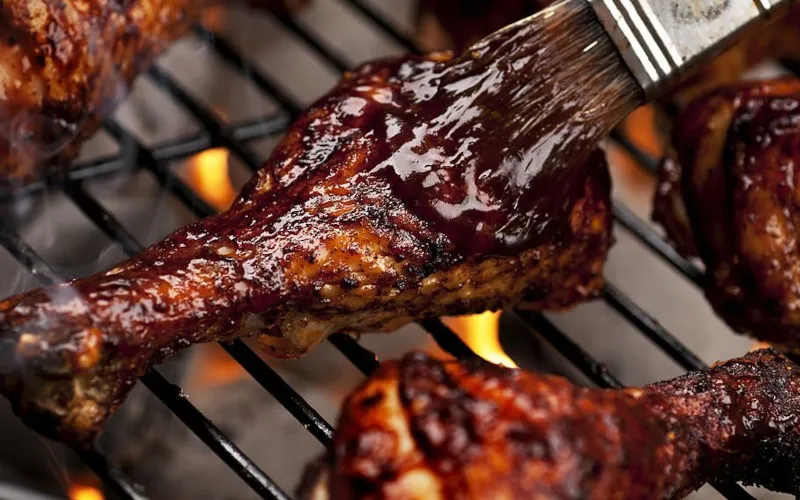If you’ve ever experienced the disappointment of biting into dry, tough pork, you know how it can ruin an otherwise delicious meal. As someone who loves to cook and indulge in pork dishes, I’ve faced this issue too. But fear not!
In this article, I’ll be sharing some tried-and-tested tips on how to make dry pork moist again, so you can enjoy succulent and juicy pork every time you cook it. We’ll cover everything from restoring moisture to using different cooking techniques.
So, let’s dive in and bring back the lusciousness to our pork dishes!
Understanding Dry Pork
Before we dive into the solutions, let’s take a closer look at why pork can end up dry in the first place. There are a few common culprits. One is overcooking, which can quickly happen when worrying about undercooking pork and potentially causing foodborne illness.
Another factor is the lack of moisture in the meat itself, especially if you’re using lean cuts of pork. And sometimes, despite our best efforts, the pork can dry for various reasons.
Dry pork can be disappointing because it lacks the juicy and tender texture we crave in our pork dishes. But don’t worry. We can fix it! Let’s move on to some practical tips to restore that moisture and bring life back to dry pork.
Tips to Make Dry Pork Moist Again
Alright, so you’ve got some dry pork on your hands. Don’t fret! You can try several techniques to revive that moisture and make your pork juicy and delicious again.
Here are some tips that have worked for me:
- Brining: One of my favorite methods is brining. It’s like giving your pork a long soak in a flavorful saltwater bath. Dissolve salt in water, add some herbs, spices, and sugar if you like, then submerge your pork in the brine for a few hours or overnight in the refrigerator. The saltwater solution helps the pork absorb moisture, resulting in juicier meat when cooked.
- Marinating: Another way to add moisture to dry pork is through marinating. You can marinate your pork with acidic liquids like vinegar, citrus juice, yogurt, or beer. The acid helps break down proteins and tenderize the meat while infusing it with flavor. Be careful not to marinate it too long, as it can toughen the meat.
- Basting: During cooking, basting is a technique where you brush or pour liquid or fat over the pork to keep it moist. You can use broth, melted butter, or pan drippings for basting. This helps to coat the pork with moisture, preventing it from drying out while adding extra flavor.
- Low and Slow Cooking: Cooking pork at a low temperature for longer can also help retain moisture. Techniques like braising, stewing, or slow cooking in a crockpot can result in tender and moist pork. Slow cooking allows the meat to break down, slowly producing juicy and flavorful pork.
- Sous Vide Cooking: If you have sous vide machine, you’re lucky! To use this method, you will need to seal the pork in a vacuum-sealed bag and cook it in a water bath at a specific temperature for a long time. This locks in the moisture and results in incredibly tender and juicy pork.
- Reverse Searing: This technique involves cooking the pork at a low temperature first and then searing it at high heat to trap the moisture inside. This method works well for thicker cuts of pork, such as chops or roasts, and can result in a perfectly cooked, moist interior with a flavorful crust.
Remember, whichever method you choose, always use a meat thermometer to ensure the pork is cooked to a safe temperature without overcooking it. Experiment with these techniques and find the one that best suits your taste preferences and cooking style.
Say goodbye to dry pork and hello to juicy, flavorful meat that will leave your taste buds craving for more!
Additional Tips
Here are some additional tips that can help you in your quest to make dry pork moist again:
- Resting: After cooking the pork, rest for a few minutes before cutting it. This helps the juices redistribute throughout the meat, resulting in a more moist and flavorful outcome.
- Choosing Fattier Cuts: Lean cuts of pork tend to dry out more easily, so opting for cuts with higher fat content, such as pork shoulder or pork belly, can help retain moisture during cooking and result in juicier meat.
- Using a Meat Mallet: If you’re dealing with thin cuts of pork, using a meat mallet to tenderize the meat can help break down the muscle fibers and make it more juicy and tender.
- Adding Moisture During Cooking: You can also add moisture to your pork during cooking by placing a pan of water or broth in the oven or on the grill alongside the pork. The steam created can help keep the meat moist.
- Avoiding Overcooking: Keep a close eye on the cooking time and temperature to avoid overcooking the pork, as this can easily result in dry meat. Use a meat thermometer to ensure the internal temperature reaches the recommended safe temperature without overdoing it.
- Slicing Against the Grain: When serving the cooked pork, slice it against the grain. This breaks up the muscle fibers, making the meat tender and juicy.
With these additional tips, you’ll be well-equipped to tackle dry pork and transform it into a succulent and flavorful dish that will impress your taste buds and guests!
Conclusion
There you have it! Reviving dry pork is possible with the right techniques and tips. Whether it’s brining, marinating, basting, using low and slow cooking, sous vide cooking or reverse searing, there are plenty of methods to choose from.
Additionally, resting the meat, choosing fattier cuts, using a meat mallet, adding moisture during cooking, avoiding overcooking, and slicing against the grain are tips that can help you achieve moist and flavorful pork.
Don’t let dry pork ruin your meal. With some experimentation and practice, you can easily turn it around and enjoy juicy, succulent pork that will leave your taste buds craving more. So next time you’re faced with dry pork, remember these tips and techniques to bring back that irresistible moisture and enjoy a mouthwatering meal.
Happy cooking!





